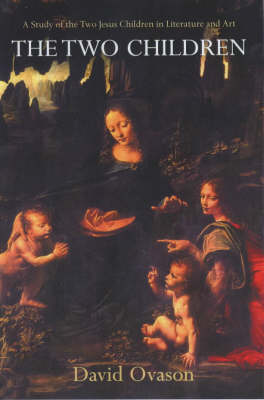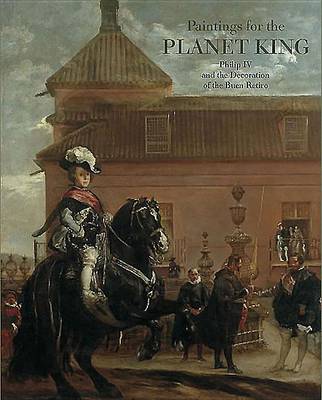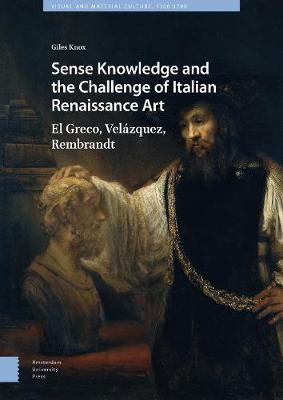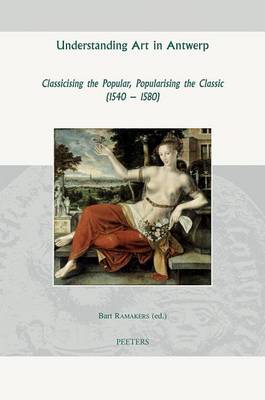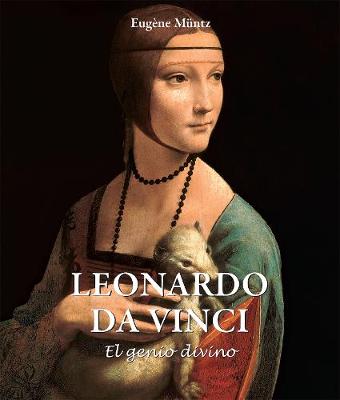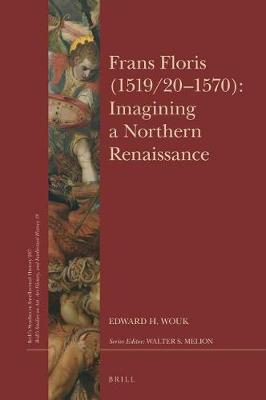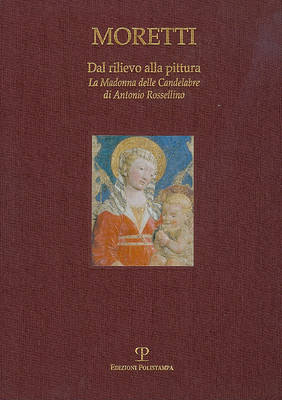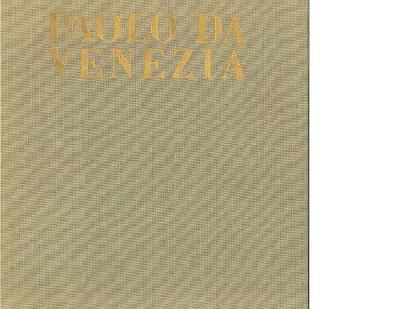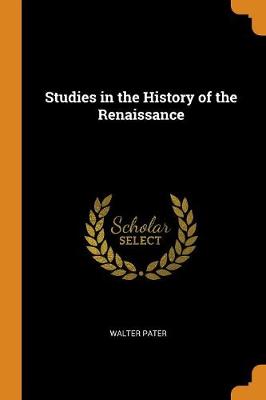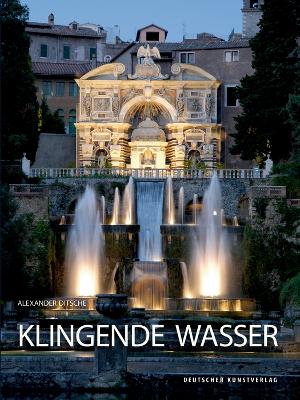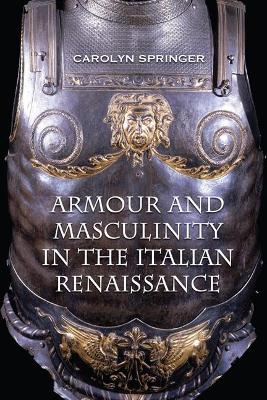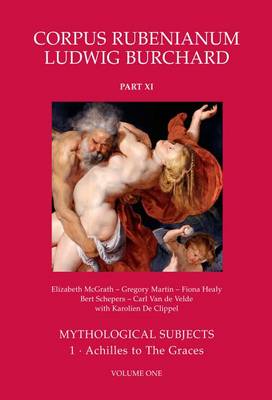Although the Gospels of Matthew and Luke support the tradition that there were two Jesus children, the idea was not adopted by the Church. Something of the idea lingered on in Christian art and symbolism, but the full tradition was preserved only in the literature of such esoteric sects as the Gnostics, who did not adopt all the official teachings of institutionalized Christianity. David Ovason explores the literature and art in which these symbols have been preserved, in particular, the ancient...
Philip IV of Spain (ruled 1621 - 1665) was known as the 'Planet King', shining as brightly in the sphere of the arts as would Louis XIV the Sun King after him. The Buen Retiro Palace (though how largely destroyed) was a model for Versailles, but surpassed any palace ever built in Europe for the collection of paintings it contained, especially those commissioned in the 1630s from the finest painters in Europe at the time. These included the court painters Velazquez and Zurbaran (Spanish), the hon...
Sense Knowledge and the Challenge of Italian Renaissance Art (Visual and Material Culture, 1300-1700, #17)
by Giles Knox
Giles Knox examines how El Greco, Velaizquez, and Rembrandt, though a disparate group of artists, were connected by a new self-consciousness with respect to artistic tradition. In particular, Knox considers the relationship of these artists to the art of Renaissance Italy, and sets aside nationalist art histories in order to see the period as one of fruitful exchange. Across Europe during the seventeenth century, artists read Italian-inspired writings on art and these texts informed how they con...
Renowned as a period of cultural rebirth and artistic innovation, the Renaissance is cloaked in a unique aura of beauty and brilliance. Its very name conjures up awe-inspiring images of an age of lofty ideals in which life imitated the fantastic artworks for which it has become famous. But behind the vast explosion of new art and culture lurked a seamy, vicious world of power politics, perversity, and corruption that has more in common with the present day than anyone dares to admit. In this liv...
A Critical Old-spelling Edition of the Birth of Merlin (Q1662) (MHRA Texts & Dissertations, v. 31)
by Joanna Udall
In a book that draws attention to some of our most familiar and unquestioned habits of thought—from "framing" to "perspective" to "reflection"—Rayna Kalas suggests that metaphors of the poetic imagination were once distinctly material and technical in character. Kalas explores the visual culture of the English Renaissance by way of the poetic image, showing that English writers avoided charges of idolatry and fancy through conceits that were visual, but not pictorial. Frames, mirrors, and wind...
Koerper-Bilder in Der Fruhen Neuzeit (Schriften Des Historischen Kollegs, #107)
Birdman of Assisi: Art and the Apocalyptic in the Colonial Andes (Medieval and Renaissance Texts and Studies, #476)
by Jaime Lara
A Companion to Cosimo I de’ Medici (The Renaissance Society of America, #17)
Mining the rich documentary sources housed in Tuscan archives and taking advantage of the breadth and depth of scholarship produced in recent years, the seventeen essays in this Companion to Cosimo I de' Medici provide a fresh and systematic overview of the life and career of the first Grand Duke of Tuscany, with special emphasis on Cosimo I's education and intellectual interests, cultural policies, political vision, institutional reforms, diplomatic relations, religious beliefs, military entrep...
Understanding Art in Antwerp (Groningen Studies in Cultural Change, v.45)
On January 23-24, 2008 the University of Groningen hosted an international symposium entitled 'Understanding Art in Antwerp. Classicising the Popular, Popularising the Classic (1540-1580)', where art historians, literary historians and musicologists explored how art was understood in Antwerp in the sixteenth century, how that art understood itself and conveyed such understanding to others, and how students of early modern Antwerp should understand that concept of art historically. Attention was...
Frans Floris de Vriendt radically transformed Netherlandish art. His monumental mythologies introduced a new appreciation for the heroic nude to the Low Countries and his religious art challenged standards of decorum. Born into a family of sculptors and architects, Floris refashioned his art through travel, first studying with the humanist painter Lambert Lombard in Liege and then continuing on to Italy. These experiences defined the hybridizing novelty of his art, forged by juxtaposing antique...
Paolo da Venzia dominated Venetian painting of the first half of the fourteenth century and has often been considered the founder of the Trecento school of painting in Venice. He created in his work a synthesis of Byzantine and Gothic elements which was of fundamental importance for the development of Venetian painting in the second half of the century.In this work Professor Muraro considers some of the complex art historical problems of Paolo s style and development and discusses the historical...
'art comes to you professing frankly to give nothing but the highest quality to your moments as they pass, and simply for those moments' sake' In Studies in the History of the Renaissance (1873), a diffident Oxford don produced an audacious and incalculably influential defence of aestheticism. Through his highly idiosyncratic readings of some of the finest paintings, sculptures, and poems of the French and Italian Renaissance, Pater redefined the practice of criticism as an impressionistic, al...
Nur wenige Erfindungen der Menschheitsgeschichte sind in solchem Masse vergessen worden wie wasserbetriebene Musik- und Klangautomaten. Aus dem antiken Instrument der Wasserorgel entwickelten sich in der Neuzeit diverse Formen hydraulischer Automaten, die voellig eigenstandig Naturgerausche und Tierstimmen imitieren konnten oder gar komplexe Musikstucke zum Erklingen brachten. Das vorliegende Buch beleuchtet erstmals systematisch das Phanomen wasserbetriebener Klangerzeugung von der Antike bis z...
During the Italian Wars of 1494 to 1559, with innovations in military technology and tactics, armour began to disappear from the battlefield. Yet as field armour was retired, parade and ceremonial armour grew increasingly flamboyant. Displaced from its utilitarian function of defense but retained for symbolic uses, armour evolved in a new direction as a medium of artistic expression. Luxury armour became a chief accessory in the performance of elite male identity, coded with messages regarding t...
Mythological Subjects
by Fiona Healy, Gregory Martin, Elizabeth McGrath, Bert Schepers, and Carl Van de Velde
